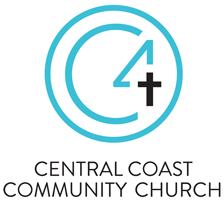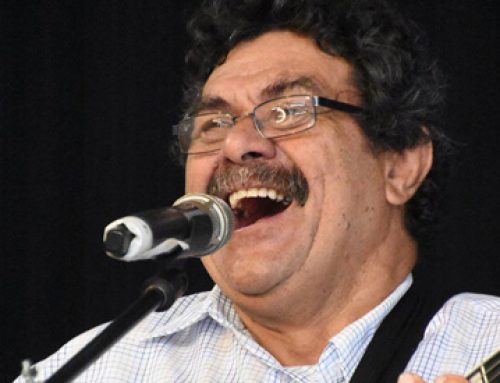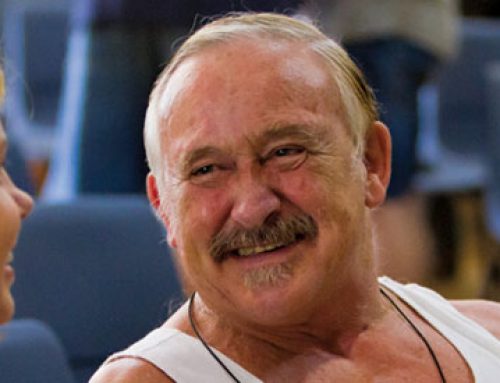Often I wish God was visible. Life would be so much easier if I could just have a conversation with Him, as we looked each other in the eye. Imagine, how good it would be, when facing a decision, to ask for His advice. Or maybe He has a special assignment. So, when God did have a job for me (even though I couldn’t see Him), it soon became apparent that it really was a mission from Him… if I chose to accept it.
My “mission” began when asked to join a volunteer medical team to Nepal in 1994. As a Registered Nurse managing a surgical ward, it was an opportunity to use my skills to benefit those in a developing country. For two weeks we operated on patients with cleft lip & palate defects, and turned a clinic into a hospital providing 24 hour care. The program became a regular event, a highlight of every year.
A decade later, when the program leader stepped down, I felt “impressed” to put up my hand and offer to lead the team. From 2005 onwards our team was invited to work with a small mission hospital an hour from Kathmandu. So for another decade, we continued to visit Nepal annually, partnering with the Scheer Memorial Hospital serving the community.
Equipment in a mission hospital is not state of the art. Such hospitals are the recipients of hand-me-downs from affluent countries, and sadly too often the donated equipment is useless. The anaesthetic machines in the operating theatres in particular bothered me. They were ancient, but worse, they were dangerous. Fortunately Laxman, the locally trained anaesthetic technician, managed to get the best from them. Our team considered fund raising for new ones, but at $30,000 each it was impossible – especially when three were needed.
In 2012, at the Sydney Adventist Hospital, one of the nurses in the operating theatre asked to meet me saying, “Come quick I’ve got something to show you”. There, in an unused section of the operating area, parked in the corner were modern, good quality anaesthetic machines. Apparently new ones had arrived and these “old” ones were being decommissioned. The problem however was that they had already been assigned a new home elsewhere.
Around the same time I received a call from a friend Marje (a former member of the Nepal team). Marje was a volunteer with “Adopt A Clinic”, a group of people who sourced donated medical supplies and packed them into containers destined for hospitals in the South Pacific. Marje had just received 60 good quality hospital beds, and wanted to know if the Scheer Memorial could use them. An email to my Nepalese friends quickly confirmed the beds would be loved (a no-brainer really).
Back to the anaesthetic machines which had been promised to someone else, and a few words in the ear of the administrator, well maybe it was more like nagging – and soon I managed to acquire two. I muscled up some nerve and said, “How about three?” … and the reply was, “No, you’re lucky to get two”.
So now we had 60 hospital beds and two anaesthetic machines. Looks like we need a shipping container. I discovered that our senior surgeon Dr David Pennington was thinking of buying a couple of operating tables from India to give to the Scheer Memorial as the ones there were so bad. I told him we were sending over a shipping container of goods (not sure how just yet) and we may find a couple of theatre tables donated. He replied, “Sure, and where do you think we’d find those??”
My friends in Nepal were very excited to learn that beds and anaesthetic machines were coming their way, but their immediate need was ventilators. The school results has just come out and this sadly caused a spike to the teen suicide rate. Education breaks the cycle of poverty and many students’ hopes are dashed when their grades don’t meet expectations.
Around this time, Paul, a nurse whom I trained with had left a message on my answering machine. Since there was too much happening I made a mental note to call him later.
By the time I was notified to collect the anaesthetic machines the agreed number had increased from two to four!! As I was wheeling them to the store room, I bumped into a friend Russell, a leader of a cardiac volunteer team. Knowing nothing about ventilators I asked if he knew where we could get a couple, and he said “I have four if you want them. In fact I have two types, and four of each kind. Take what you want”…. Nice!!
After parking the anaesthetic machines, with “Don’t Touch” signs over them I checked out the ventilators. Two different type, both of which meant nothing to me. Something to think about.
Back to my office. Don’t forget to ring Paul. After a brief discussion I learned that Paul used to sell ventilators, and whats more he was able to offer advice on the best type – and that the company happened to have an office in Kathmandu. “Oh, by the way Paul, I’m looking for operating tables, do you know anyone who can help?” He then said, “I have two outside my office, would you like them??”
By this time, I had no doubt that God was lining up all the ducks in order!
The Maintenance department at the Sydney Adventist Hospital kindly cleaned the operating tables, serviced them, and wrapped them in bubble wrap – then transported them to the container.
Our Nepal team is part of an organization called “Open Heart International” (OHI), along with many other volunteer medical teams. And fortunately for us, OHI assisted with the expenses of the 40ft shipping container. So far so good. But this was November and I wanted the container to arrive in Nepal before our team, in March. There’s no guarantee I was told. Apparently these things can be on the ocean for months. And even if it does get there, the risk of looting along the way was huge. Similar containers have been pilfered before.
The next few weeks were spent filling the container with all manner of medical supplies, courtesy of the Adopt A Clinic team. Seriously, there was enough stuff to start a small hospital. By the time the doors were ready to close there were 40 beds & mattresses, 2 operating tables, an X-Ray machine, an ECG machine, a sterilizer, 4 ventilators, recovery trollies, wheelchairs, dressings, walking frames, crutches, pillows, linen and toys!!
Finally with a full container, and the Adopt-a-Clinic signature teddy bear being the last item packed, the doors were closed. It was like closing the door to Noah’s ark.
Then there was the paperwork. The forms required to clear customs were horrendous. But God looked after me there as well. ADRA were helpful as they had done this kind of thing before and where they couldn’t help, they found me people who could. Even as we went into the Christmas break and staff went on holidays God found me the right person to navigate through the red tape. Back and forth the forms went until I had it just right.
Packing competed … tick. Paperwork completed and accepted … tick. Now it became a waiting game for a ship to accept our cargo. Apparently the ships have to approve what they take on board, fair enough. And some refuse donated goods. The first carrier we approached said no but we got lucky with the second one. It was an exciting day when the container was collected, sent to the port, then on the ocean where I was able to track the progress on the internet. Each step of the journey I shared with my 9 year old son, as this was an opportunity for him to learn about the power of prayer and a God who loves us.
The precious cargo arrived in a port in India, then travelled by road to Kathmandu, where the Nepalese customs would only release it for a “fee”. Fortunately my contact at the Scheer Memorial knew the Prime Minister of Nepal who authorized an immediate release.
Three months after leaving Australia, the medical supplies finally arrived at the hospital. The staff were so excited, saying “We can use everything!!!”. When Laxman saw the anaesthetic machines he had a Himalayan sized grin. And the best part? Everything arrived intact …. 2 days before our team arrived.
I still would like to talk to God face to face, and that day will come … until then, I’ll be waiting for my next assignment!!
John










